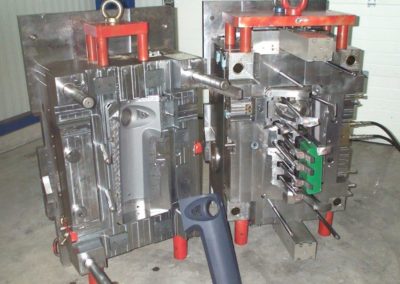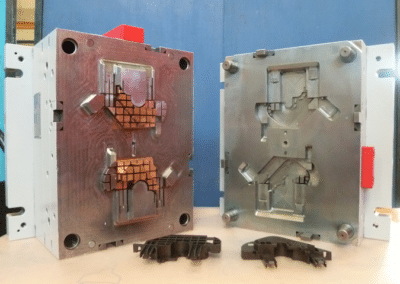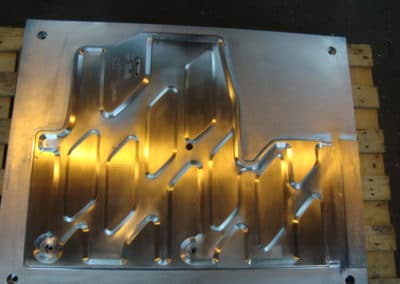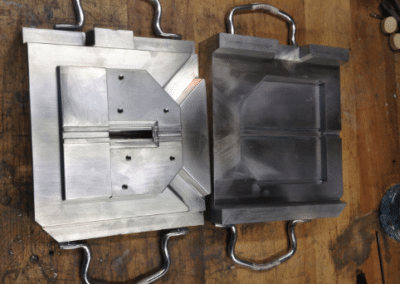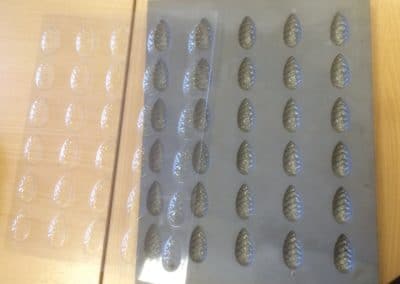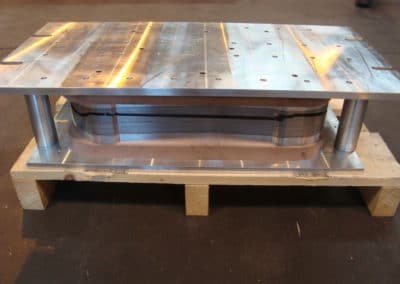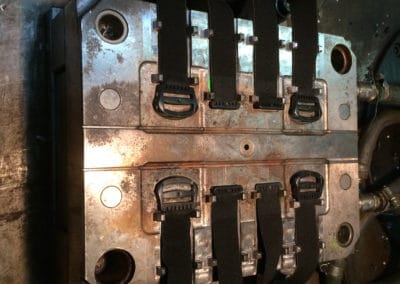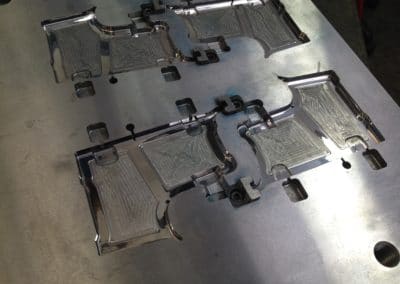Moulds and techniques used for plastic moulding
This is a machined tool, most often made of steel, that allows the dose of molten plastic produced by the press to be conveyed to the impression, the shaping of the part to be injected, guaranteeing the aesthetic and dimensional qualities of the part and ensuring the part’s ejection when the cooling phase is completed. This is the basis of the injection molding
Low pressure injection moulding
It is a steel or aluminum tool in which a dose of molten plastic is injected into an open mold. The part is filled and compacted by closing the tooling.
>>> During the plastic injection, it allows a higher casting rate than in shell, a mould filling time of between 3 and 8 seconds, a dimensional accuracy of the parts approaching that of die casting as well as the mechanical characteristics of the castings improved by about 10%.
Composite molding
It allows the manufacture of light, resistant and durable structures of any shape and style. A composite moulded part is quickly produced, all shapes are possible as long as they can be demoulded with or without a key.
Thermocompression moulding
It allows thermoplastic matrix composites to be stamped by adding temperature and stamping under press in order to obtain a shaped part, possibly of variable thickness, with the possibility of displaying a coating (fabric or film) or hanging inserts.
Thermoulding
It allows to form parts by creep of a thermoplastic sheet under temperature conditions and vacuum. Ideal for small and medium series, the thermoforming mould is generally used for parts with a low complexity geometry.
Overmoulding
Mold in which a metal, plastic, textile or other part intended to be assembled by plastic injection is placed.
Bi-injection molding
Mold with one of the two parts rotating and placed in a press with two injection screws produces parts made of two different materials.

